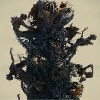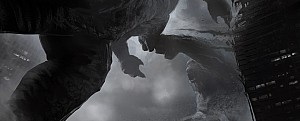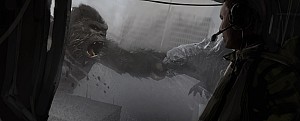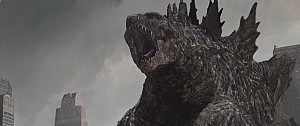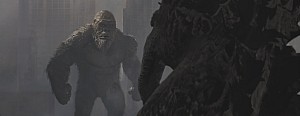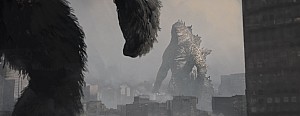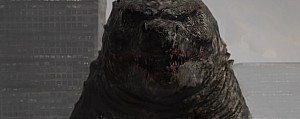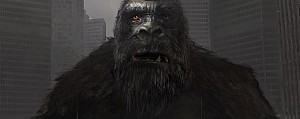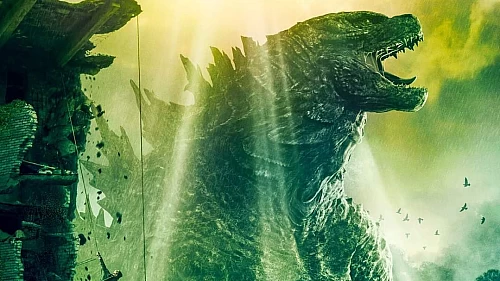Director Takao Okawara: A Career Retrospective
Godzilla Forum Topic
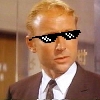
G. H. (Gman)
AdminGodzillaApr 16, 20185956 Views6 Replies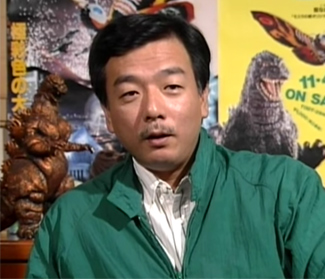
This is an outstanding article by acquaintance Patrick Galvan who writes for Toho Kingdom. His did a retrospective piece on Takao Okawara (Godzilla vs. Mothra '92, Godzilla vs. MechaGodzilla II, Godzilla vs. Destoroyah, Godzilla 2000) and it largely points to the many issues I have with the 1990s Heisei Godzilla films. Though, it's not merely an article to discredit him. It points to the improvements he made as a filmmaker post-Heisei era and his non-Godzilla films as evidence of merit.
I can not recommend reading this article enough. A must for those who look at these films with a critical eye and dive into further conversation about them. Take a look:
Takao Okawara: A Career Retrospective
Replies to Director Takao Okawara: A Career Retrospective
Hey Guest, want to add your say?
Are you an avid Godzilla fan looking for a dedicated online community of likeminded fans? Look no further! Create your own profile today and take part in our forums and gain XP points for all the content you post!

